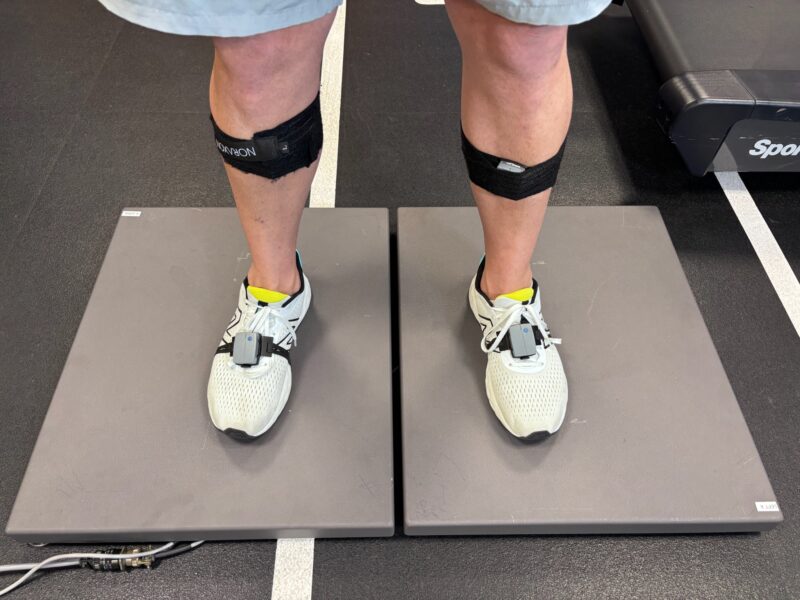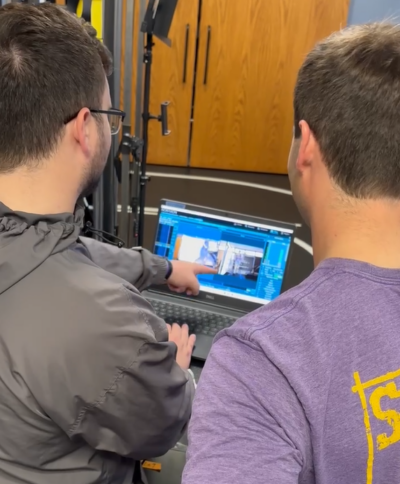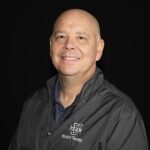At Franciscan Missionaries of Our Lady University (FranU), students in the Physical Therapy program are gaining hands-on experience with advanced biomechanics technology, thanks to the expertise of Dr. Phil Page, PhD, PT, ATC, CSCS, FACSM, LAT. As a Professor and Research Director with over 25 years of experience in rehabilitation and sports medicine, Dr. Page integrates Noraxon technology into his curriculum to enhance student learning in movement analysis and clinical evaluation.
Integrating Noraxon Technology into Physical Therapy Education
Students at FranU utilize a range of Noraxon equipment to explore biomechanics in real time, including:
- Ultium Motion (IMU) sensors
- Ultium EMG & Core EMG systems
- NiNOX cameras
- Bertec Force Plates

These tools provide students with a deeper understanding of human movement by allowing them to observe gait parameters, muscle activation patterns, and ground reaction vectors—critical elements in both research and clinical practice.
Enhancing Learning Through Technology
Dr. Page and his team incorporate Noraxon technology across multiple courses, primarily in:
- Structural & Functional Anatomy – First-year students engage with motion analysis to visualize kinematics and kinetics in action, reinforcing fundamental concepts of human movement.
- Foundations of Human Movement – Students explore muscle activation and force interactions to better understand movement efficiency and dysfunction.
- Scholarly Research Projects – Second-year students leverage Noraxon technology to conduct independent research on a variety of topics, applying biomechanical principles to real-world investigations.

Preparing Students for the Future
Understanding biomechanics is essential in the field of physical therapy. At FranU, students use biomechanical analysis alongside clinical evaluations to better diagnose and treat movement impairments. By integrating technology into their education, they develop the critical skills needed for physical therapy diagnosis, intervention, and rehabilitation planning.
Dr. Page emphasizes the importance of this approach: “Biomechanics are a foundation for physical therapy; they allow us to analyze the human movement system and understand pathomechanics in clinical practice.”
“Rather than simply giving a PowerPoint presentation in class, students experience these concepts in a hands-on, lab-based setting,” explains Dr. Page. “This interactive approach not only enhances their comprehension but also prepares them for clinical decision-making.”

By incorporating Noraxon’s cutting-edge technology into the curriculum, FranU is ensuring that future physical therapists graduate with the hands-on experience and analytical skills needed to excel in their careers.
Stay tuned for more stories in our “Noraxon in the Classroom” series, where we spotlight universities using biomechanics technology to enhance education and research.


